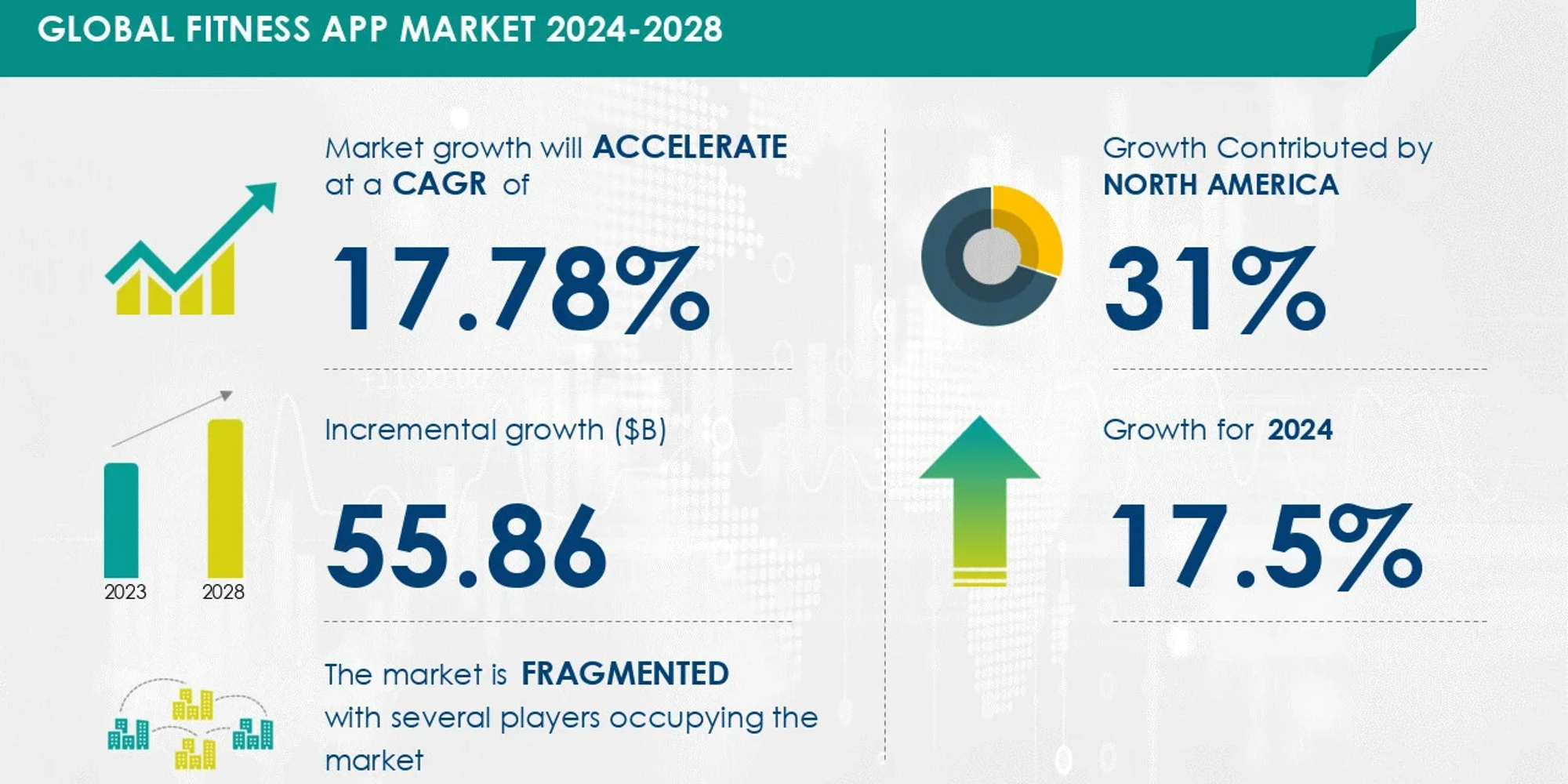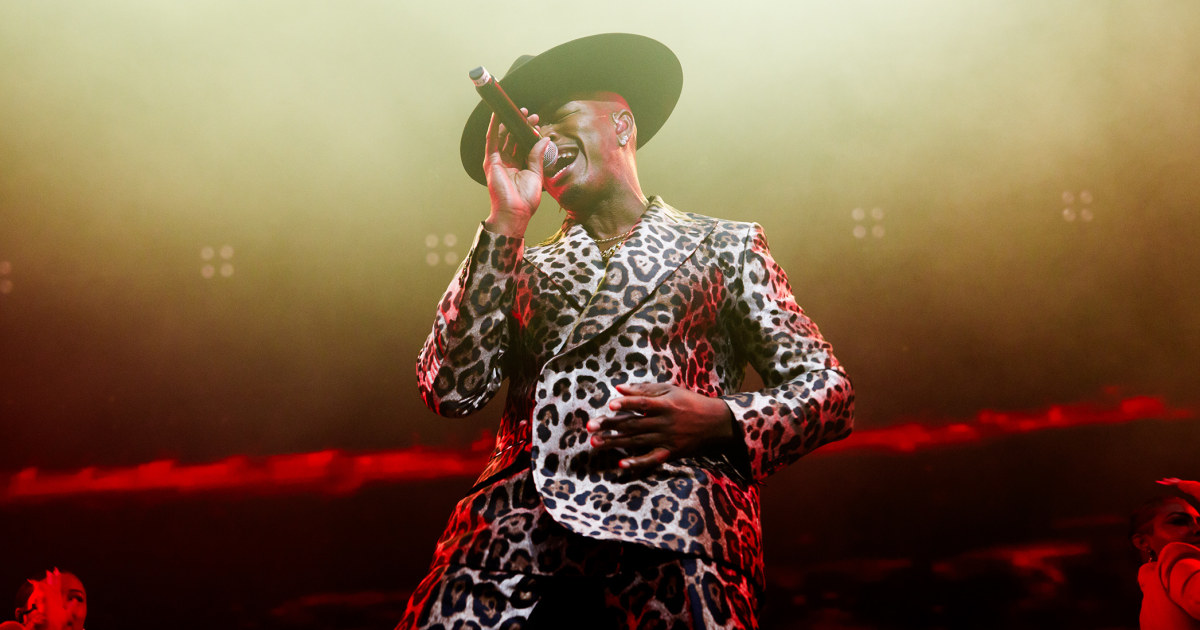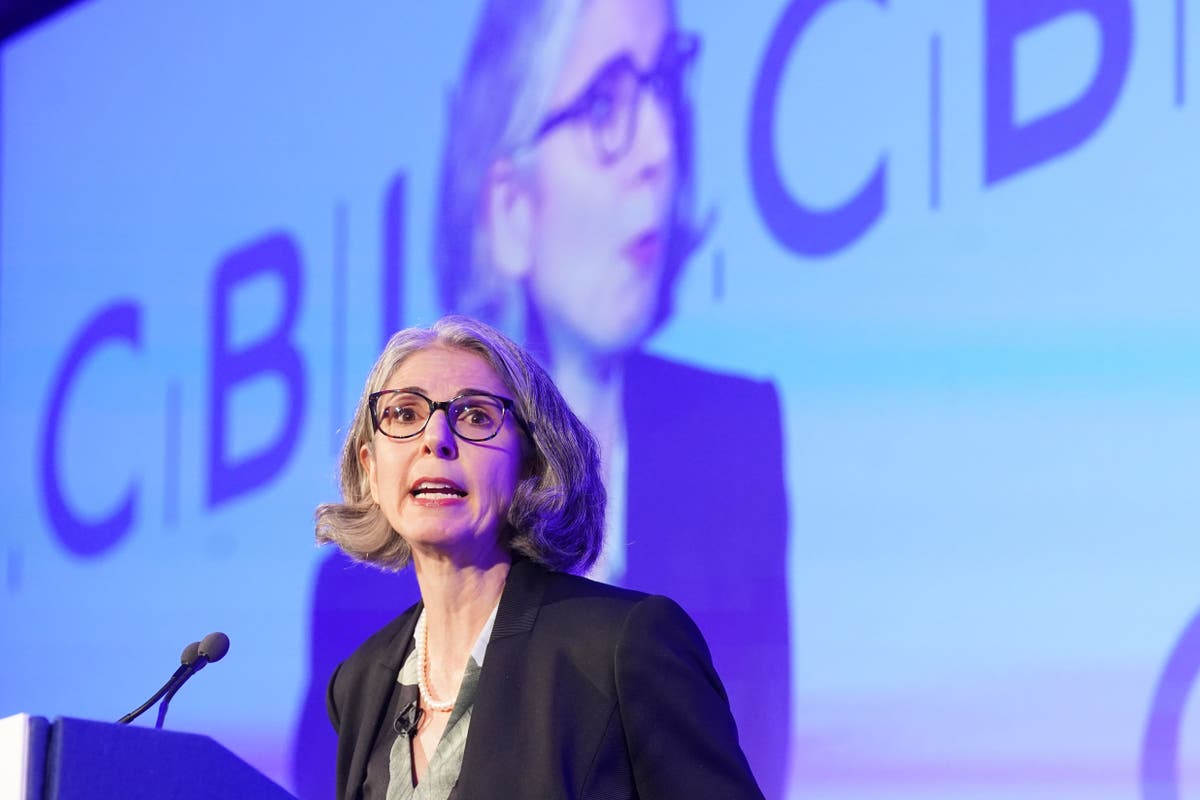World
How Television Is The Driving Force Behind The SuperMotocross World Championship

The partnership between Pro MX and Monster Energy Supercross has created the SuperMotocross World … [+]
SuperMotocross is through its second season. The partnership between the traditional outdoor Motocross series and the stadium-centric Supercross series is a fascinating look at how media rights landscape and the timing of the pandemic led to not just the two coming together, but the formation of the SuperMotocross Finals playoff format. In a wide-ranging exclusive, executives give an inside look at how it all came together.
There’s little doubt that the pandemic created a seismic shift that affected nearly every facet of life. No one was spared in one way or the other, and sports was no different. Unable to host live events, leagues, and sanctioning bodies were faced with not just how to mitigate public health concerns, but in some cases take the time that would normally be focused on the day-to-day business and use the time to evaluate potential change when coming out of it.
For the motorcycle industry, and those that race them, the pandemic created odd bedfellows. Consumers, unable to gather socially, flocked to dealerships where the freedom of the outdoors on a motorcycle provided an escape. A large sector of that growth centered on off-road where people could enjoy the outdoors away from crowds.
For MX Sports Pro Racing, who are the promoters of the outdoor Pro Motocross series, and Feld Motor Sports who runs the Monster Energy Supercross events in stadiums, the forced break in schedules allowed the sides to talk about a long-term partnership. Long a discussion in motocross circles, the same riders and manufacturers race in the two.
“Before the pandemic, both series were heads down going 100 mph,” said Dave Prater, VP of SuperMotocross. As he said, there was so much bad that came out of the pandemic, but it did create a pause for businesses to reflect. “COVID actually gave us a bit of a break to sit back and really look at the big picture overall, to start talking and getting to know each other better,” he said. “Once we started talking and communicating more, we understood; we found that we were much more alike than we were different. Our relationship has really blossomed, even only in its second year.”
Pro Motocross And Supercross Partner With TV Driving A Playoff System
But what may have ultimately pushed the sides together was another aspect impacted by the pandemic: the sports media landscape. While subscribers to traditional cable and satellite had been peeling away and opting for streaming services. The Pro Motocross had done a one-year extension on their broadcast deal, and Monster Energy Supercross had just ended. The opportunity to partner and offer a package deal came together.
“It was all about TV, to be honest with you,” said Carrie Coombs CEO of MX Sports and Pro Motocross talking about the partnership with Feld and Monster Energy Supercross. “Supercross starts in January, ends in mid-May, and then it’s over. It’s dormant. Motocross starts toward the end of May, is over at the end of August, and then is dormant. We realized that if we put our TV packages together so we were on one network, we could provide continuous coverage [from January to August].”
“As we started shopping and talking to Endeavor Sports and Entertainment and IMG, they’re like, ‘Look, you can go from two siloed seasons of four months and four months, or you can go to nine and a half month season,” said Dave Prater, VP of SuperMotocross.
What NBC added to the mix was the playoff format that has culminated in the SuperMotocross Finals, a series of three races that have track elements of Supercross, with its tight stadium obstacles, and higher speed sections more indicative of motocross. With modern sports fans geared toward a playoff system, Endeavor Sports and Entertainment and NBC pitched the concept to tag onto the end of the now continuous race coverage that would start with the Supercross series, and Pro Motocross series.
The Las Vegas Finale of the SuperMotocross World Championship combined all the elements of indoor … [+]
For NBC/Peacock, Combining Resources Creating A Better Broadcast For SuperMotocross
For Ken Adelson, the Senior Director of Broadcasting for Feld Entertainment, the partnering of Supercross and Pro Motocross has also come as synergies have come together on the broadcast side. A key member in the launch of NBA.TV, he has pulled together significant content for the now 31 race schedule SuperMotocross series where event days can see up to four hours of coverage being streamed, on top of the more tightly packaged television product for heats and Main events.
With the conclusion of the 2024 season, NBC Sports and the SuperMotocross League are entering the third season of a multi-year media rights extension.
“Whether it’s facilities, content, or storylines, collectively working together really does make everybody better,” Adelson said. “I guess that was engrained in me back from when I worked at the NBA.”
Having the broadcast production unified allows content to be purposed for online, broadcast, and snippets for social media. And with the same staff, it’s collaborative.
Adelson has worked to move the broadcast team out of a dark truck with no windows to a specialized trailer with windows tinted to allow the team to sit right next to the track, allowing 15-time AMA champion Ricky Carmichael and seven-time AMA champion James Stewart as analysts to be on top of racing.
In addition, the use of drones has greatly enhanced the viewing experience. In a sign that Adelson and the production staff is making drones part of every broadcast, they were able to get clearance to use the drones at the SuperMotocross Finale in Las Vegas Motor Speedway just 7 miles from Nellis Air Force Base.
“One of the things we’re doing besides growing the programming and reaching people in as many ways as we could to try to really showcase SuperMotocross is getting the resources where we’re really maximizing what we’re doing,” said Adelson.
The partnership between MX and SMX along with the broadcast product has garnered viewership gains. The 2024 SuperMotocross World Championship series comprises the 31 race schedule across the Monster Energy AMA Supercross Championship, the Pro Motocross Championship, and the SuperMotocross World Championship Finals postseason races averaged a Total Audience Delivery (TAD) of 502,000 viewers for coverage on NBC, USA Network, and streaming simulcasts across Peacock and NBC Sports Digital, up 26% vs. 2023, according to Nielsen and Adobe Analytics.
Peacock delivered the most-streamed record for the sport in 2024 with more than 1.9 billion total minutes, up +23% from 2023.
Supercross + Motocross + SuperMotocross Finals = Increased Sponsor Opportunities
The partnership has created more synergy with the executive and organizational staff. Suddenly the ability to shop sponsorships has blossomed due to the large inventory of races across the now partnered series and the SuperMotocross Finals.
For Dave Muye, Vice President of Global Partnerships, the partnership between SMX and MX along with the SuperMotocross Finals provides the sport incredible flexibility like its never seen before.
“We really try and differentiate ourselves at a level of customer service,” said Muye. “That’s first and foremost. A lot of that has to do with us partnering with the customers and flexing with what’s important to them, whether it’s new product launch, whether it’s in store, sales, and their ability to tie in retailers. So in each market that we go to, we can tie in two retailers. So we tie in a convenience store or grocery chain. We run a promotion where, if you bring a can of Monster Energy drink and recycle it, you get into the Fan Fest for no charge at Supercross. So that ability to provide value and give their sales team something they can go to market with is something that I think sets us apart.”
One thing appealing to advertisers is that the combination of the two series now sees a large national footprint with a total of 31 races. If a company is seeking brand exposure, the global partnership team can provide the metrics for it.
“Our team internally at Feld are the ones that are producing the broadcast, so we work hand in hand with them whenever we come up with a partnership element that we want to put into the broadcast,” added Muye. “So that could be something like a unique vantage point, like a drone cam, or that could be some of the new things we’re doing with digital signage, placing logos on the dirt.”
Muyes went on to say that they have done more in-depth endemic programming such as the Kawasaki Science of Supercross which are fully produced vignettes that go into the broadcast. “We work with our teams and placing that to make sure we’re still showing the fans enough racing. It doesn’t seem commercialized, but we find unique and organic ways that we can kind of interweave what we’re trying to do for partners and show their messaging into the broadcast,” Muyes said.
The Herculean Effort To Combine Supercross and Motocross Into Track Design
The greatest asset in the partnership between the two series is the strengths they both have will hosting the same manufacturers and riders. Motocross has always been built off the grassroots of amateur racing where tracks are often far from urban locations. Supercross has the advantage of taking the racing to the urban core of large markets where fringe fans may be more inclined to go see an extreme sport event.
So, how do you do both? How can you get the wide-open racing of motocross with the tight sitting right on top of the track in the grandstand appeal? The SuperMotocross series constantly scours the country looking at different race facilities. In 2024, the Finals were hosted on, of all locations, drag strips.
The Finale in Las Vegas was set on The Strip at Las Vegas Motor Speedway. The layout and creation of the circuit has to consider factors one might not think of. How do you get power for cameras and lighting inside and outside the circuit? How is broadcast wiring factored in? How does all that dirt get laid down and extracted when racing is over in just a matter of a few days?
Mike Muye, brother of Dave the head of global partnerships, is the Senior Director of Operations. Where some artists work in oils, Mike works with dirt to create some of the most exciting racing on the planet. As I looked out from one of the upper suites in Las Vegas at the track layout, Mike takes pride in not only what he does but others (“It’s a huge team effort.”)
Mike Muye said Las Vegas was really a “blank slate” with parking lot space off the drag strip and elevation change that allowed for the team to envision the high-speed motocross elements, while the drag strip itself lends itself to Supercross.
“It gave us a lot of flexibility to be able to have the racetrack that is motocross, in the sense that it flows like a motocross track,” Mike said. “We have some elevation. We have the standing room around the outsides, which is perfect. But we didn’t lose Supercross, and the fact that the people in the grandstands can see 80% of the track at all times, and that’s one of the beauties of Supercross. So when we first looked at it, we’re like, wow, this could be awesome.”
All facets of the design are considered. How is the podium placed to allow maximum access to the fans near the grandstand? Can Supercross tunnel jumps be used to more effectively allow fans the maximum access to the track both inside and out?
One key piece that tied in the Las Vegas entertainment environment, with partnerships and track design was a large Monster Energy VIP elevated patio setting on the inside the track with a tunnel under the finish line jump as its entrance. It was a new addition for SuperMotocross that created massive buzz at the track and on social media.
Feld contracts to a company called DirtWurx that works with CAD layouts which allows the team to see renderings of what is possible. Even with flythroughs of the layout, changes to the track can happen right up to when riders begin practice as was the case at the far end of the circuit where power considerations tightened up one section.
How it all gets set up in torn down gets Mike saying that the dirt operators and the operations team as athletes in their own rights. When the race ends, everyone jumps into action.
If the race ends at 10 pm, but 10:01 pm, the team is in action. Operations begin striking all the tough blocks, the banners, and the structures, while simultaneously the dirt team is taking all the dirt and piling it into the center so that dump trucks can get around it. The team will work on that throughout the night as the agreement with Las Vegas Motor Speedway requires a faster-than-normal exit from the facility. By Tuesday after the Saturday night event, by 5 pm the facility is being washed down with pressure washers and water trucks. “
“We’ll be out of here sometime on Tuesday, Mike Muye says proudly. “In a lot of cases, the stadiums tell us it was better than when you started, and that’s really our goal.”









